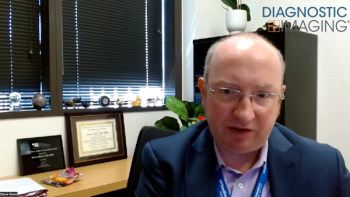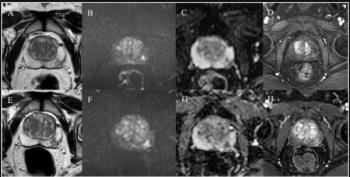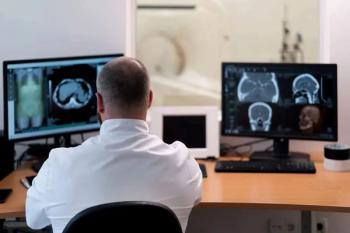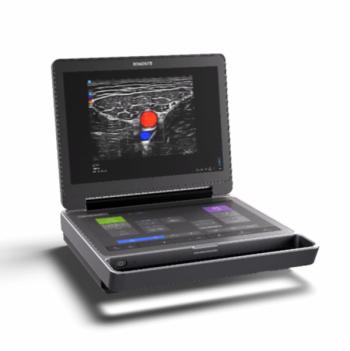
PACS voice clips enhance productivity, efficiency
The Santa Barbara, CA, medical community enjoys a radiology benefit available in few other places: voice clip reports that accompany radiological exams. With a click of the mouse, a referring physician can listen to the reading radiologist's final impression in the radiologist's own voice.
The Santa Barbara, CA, medical community enjoys a radiology benefit available in few other places: voice clip reports that accompany radiological exams. With a click of the mouse, a referring physician can listen to the reading radiologist's final impression in the radiologist's own voice.
Voice clips, which are available electronically as soon as the exam is interpreted and the clip recorded from the conclusion of the report, provide numerous advantages from enhanced patient safety to better efficiency. Productivity improves for radiologists, referring physicians, and the front offices of both, which no longer have to handle search, acquisition, and repetition of reports.
Nationwide, only an estimated 5% or fewer of installed PACS feature and fully utilize voice clips, which are available on the local area network and off the Web. The popularity of voice clips in the Santa Barbara area may be attributed to the fact that the most widely used PACS in the county (DR Systems, San Diego) includes this feature. Voice clips are now part of the required standard of care in our community, and referring physicians become very frustrated with other systems that do not provide this immediate access to results.
The advantages for referring doctors explain this popularity. On the PACS, the voice clip is stored along with a montage as a permanent recording with the archived exam. The montage is a set of key images from the exam, selected by the reading radiologist to provide a visual summary of the exam results.
The combination of voice clip and image montage enables the referring physician to review imaging results and interpretations expeditiously. That capability speeds care for critically ill patients and also spares noncritical patients the anxiety of waiting to hear results from their doctor. Of course, the entire exam is also available along with the montage and voice clip.
Voice clips, in tandem with remote Web access through the PACS, also make referring physicians and their facilities more productive. Doctors can access the clips and montage from any Web-connected computer instead of having to call the hospital, clinic, or imaging center for results. Physicians and their staffs don't have to visit the radiology department, wait for reports to be transcribed, or wait for hard-copy film and reports to arrive. Rather than reading reports and viewing films separately, doctors can multitask, listening to the voice clip while they scan the montage or type notes to patients or staff.
Voice clip benefits for radiologists mirror the advantages experienced by referring doctors. When referring doctors have access to voice clips, for example, they tend to call the radiologist about results much less frequently. The time savings in both cases are substantial. A study I co-led and presented at the 2002 RSNA meeting found that use of a PACS with voice clips led to an eightfold drop in radiologist consultations with referring physicians.
When doctors do call to discuss an exam, radiologists can quickly review the findings to answer the specific question by listening to the voice clip while viewing the montage and images. This multitasking is far more efficient than shuttling between written word and images. Similarly, radiologists interpreting a new exam in comparison with a prior study can play the prior exam's voice clip at the same time they review the new exam's images.
Hospital, clinic, and imaging center buyers don't usually have voice clips on their shopping list. That shouldn't be the case. Voice clips make such an enormous difference in radiology that anyone investing in PACS should insist on them as part of the package.
Dr. Trambert is lead radiologist for PACS reengineering at Cottage Health System and the Sansum-Santa Barbara Medical Foundation Clinic in Santa Barbara, CA. He is an advisor to DR Systems.
Newsletter
Stay at the forefront of radiology with the Diagnostic Imaging newsletter, delivering the latest news, clinical insights, and imaging advancements for today’s radiologists.






























